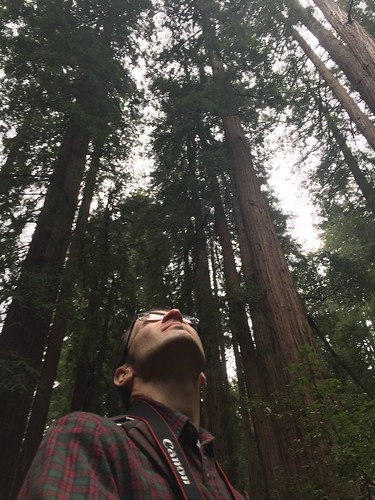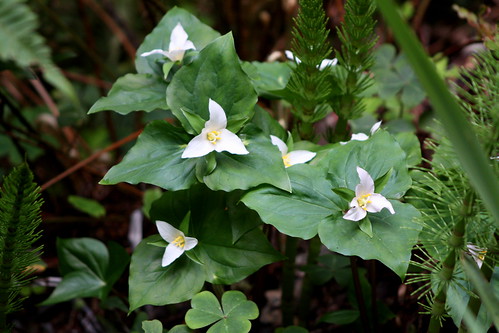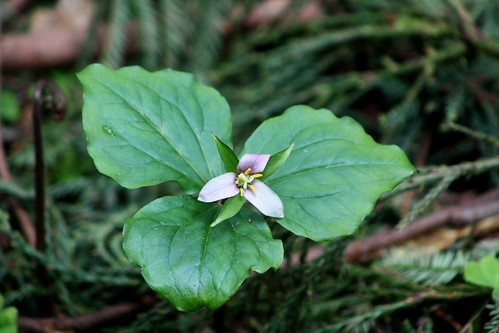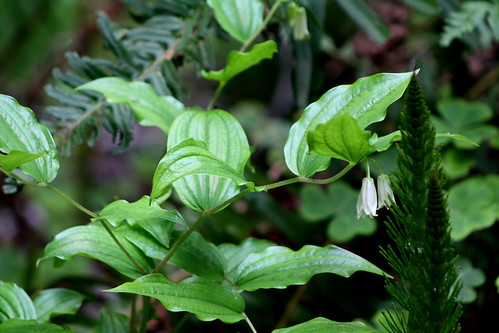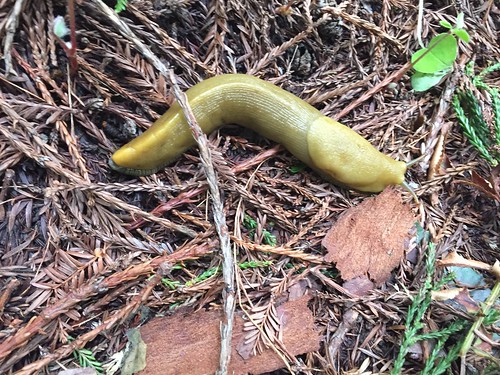For several years I have been fascinated by Asclepias, one of the many plants given the common name of "milkweed." This is a genus consisting of more than 140 species of flowering perennials native to North America. Here in central and southern Oklahoma there is one species, Asclepias viridis (Green antelopehorn), that is prolific. There are three other species (A. tuberosa, A. amplexicaulis, and A. asperula) that I have seen in this area in smaller numbers. The USDA website lists 25 species of Asclepias that naturally occur in Oklahoma, which is surprising to me! Some of those occur just in the western-most county of the Oklahoma panhandle. Others occur just in the far eastern-most counties. Oklahoma does have a lot of habitat diversity.
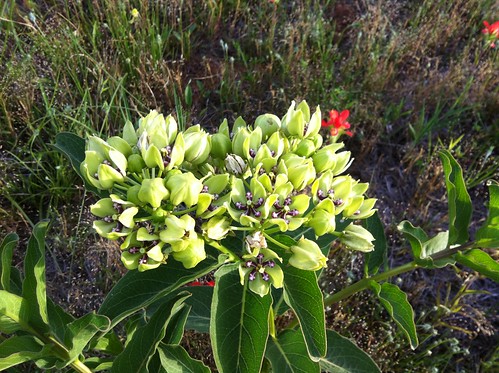 |
| Asclepias viridis |
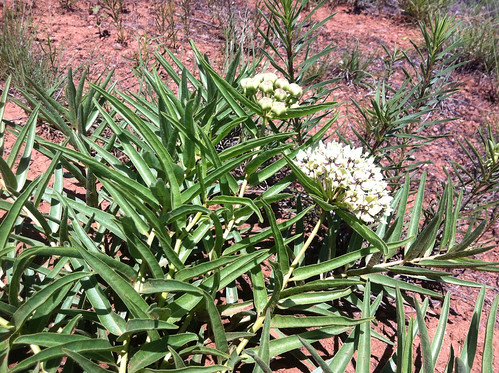 |
| Asclepias asperula |
 |
| Asclepias tuberosa |
Asclepias are interesting plants for several reasons. They are a host plant for the endangered monarch butterflies/caterpillars, as well as many other species of moths and butterflies (Lepidoptera). Gardeners interested in planting native plants that attract butterflies and other local wildlife are fond of several species of Asclepias. Some species have really beautiful flowers and others have really strange flowers. When you look at Asclepias viridis up close it reminds me of the metallic looking passionflower from the
THX sound test video.
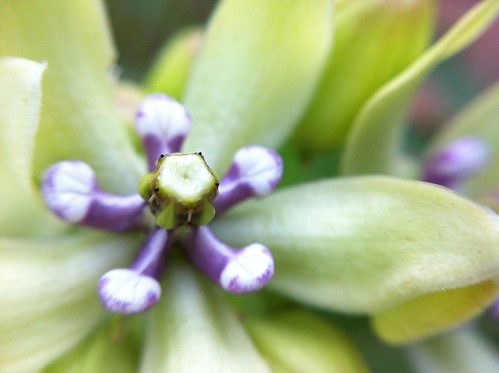 |
| Asclepias viridis macro photo |
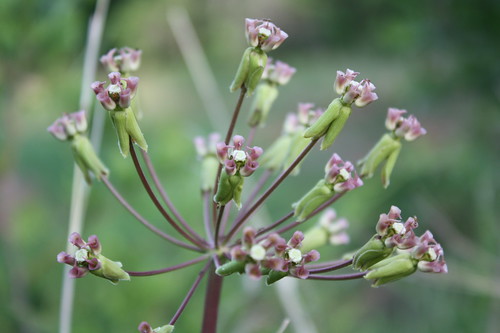 |
| Asclepias amplexicaulis |
I have tried to transplant some Asclepias viridis from the wild into my yard on a few occasions. It is difficult because the root system of the Asclepias consists of a really large single tap root (like a paper towel roll that goes deep into the ground. Unfortunately the native red soil that these plants are growing in is hard and the root is brittle, so it easily snaps as you try to loosen the soil around it. Recently I dug up several species of Asclepias after we had had some rain, so the soil was a little more cooperative. I retrieved 3 viridis, 1 amplexicaulis, and 1 tuberosa.
 |
An unsuccessful Asclepias viridis transplant from a few years ago.
Check out that root! |
 |
| Successful transplant of Chinese Bushclover (Lespedeza cuneata) - an introduced species. |
While I was digging up these plants my eye was drawn to some small-leaved flowering plants that were growing in good numbers nearby. I dug up a couple of these to try as well. I used my new favorite app, iNaturalist, to help me identify the unfamiliar plants and found that both are Lespedeza (Bushclovers). One is a native (L. virginica) and the other is a semi-invasive introduction from Asia (L. cuneata). Although I shouldn't be, I'm always a little surprised when I come across an introduced species in a place that I think of as undisturbed by humans. The truth is that humans aren't the only ones to introduce new species to a property. Birds, furred animals, and even the wind are perfectly capable of transporting seeds that were introduced anywhere on the continent.
 |
| Asclepias tuberosa successful transplant |
 |
| Asclepias viridis successful transplant |
I am hoping that my transplants survive this time around. They all wilted within the first day, but some had the appearance of "I'm just thirsty and don't appreciate the change in scenery" wilted, whereas some had the "you killed me!" wilted. Now that they have been in the ground for a couple of weeks I can tell that three have survived, two viridis and one tuberosa. The others are most likely deceased, but could surprise me by putting up new growth from the roots. You just never know.
 |
| Not so successful Asclepias amplexicaulis transplant |










